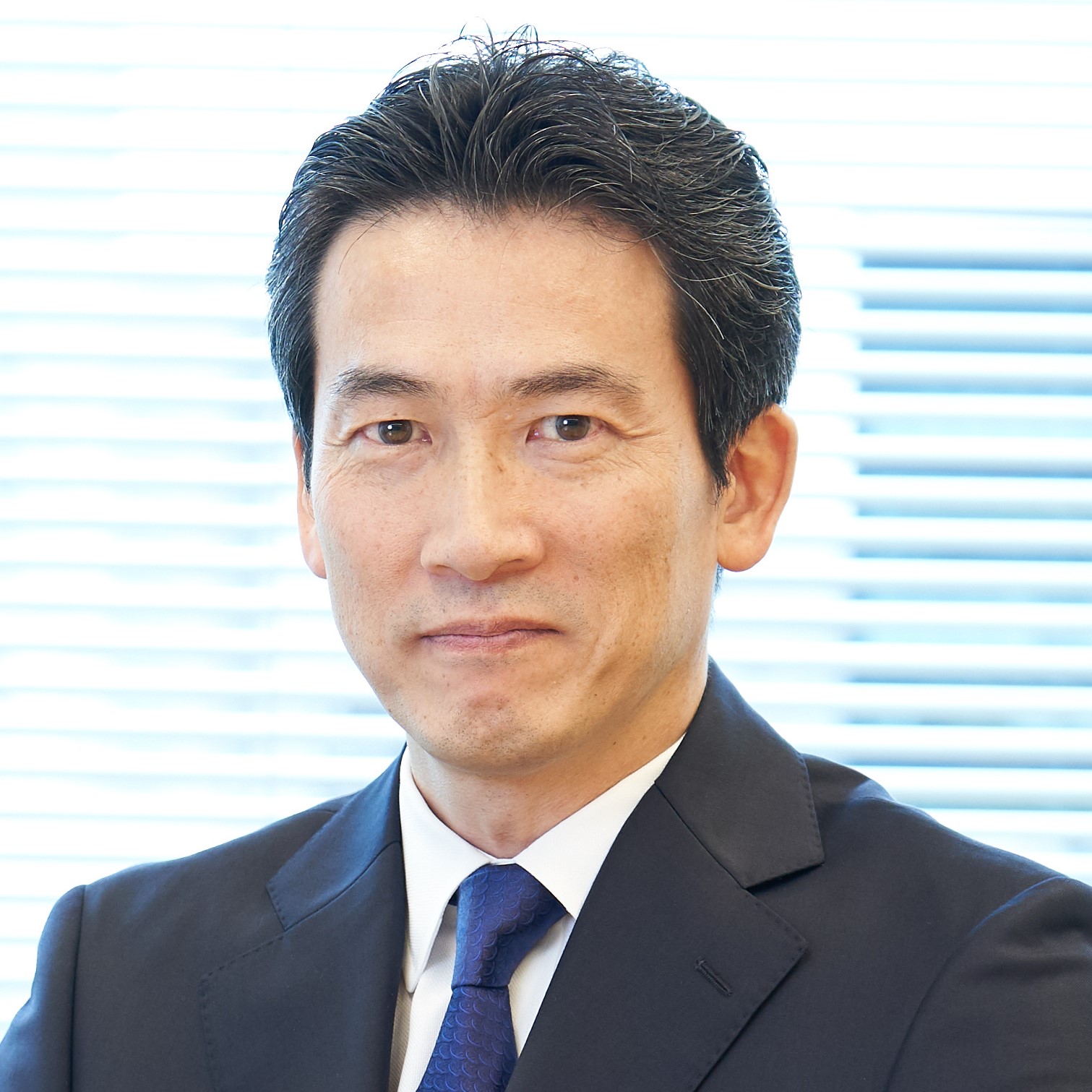Yoshihide Suga has big shoes to fill. The resignation this month of Shinzo Abe, Japan’s longest serving prime minister, raised concerns that the country could return to a period of ‘revolving door’ leadership, and that some of Abe’s signature economic policy goals could go unfulfilled. Reassuringly, he was succeeded on Sept. 16 by Suga, a longtime lieutenant who represented policy continuity.
Like Abe, Suga can claim a record of longevity in office: before he became Prime Minister, he was Japan’s longest-serving chief cabinet secretary, having spent eight years in the job. He’s pledged to maintain Abe’s main monetary and fiscal policies. And so far, financial markets have taken a wait-and-see approach. But I think Suganomics can surpass Abenomics.
Suga’s story
Many of Japan’s political power brokers hail from establishment pedigrees. Abe’s father was a former cabinet secretary and a minister for foreign affairs. Suga, by contrast, is an outsider. He is from a family of strawberry farmers in Akita, a rural northern prefecture whose economy has been battered by the dual effects of rapid ageing and depopulation, as young people seek opportunities in bigger cities.
Suga himself left home for Tokyo after high school. He started working in a cardboard factory to pay his tuition at Hosei University, which he has said he chose because its tuition was among his cheapest options. He spent more than a decade as a secretary to a member of the Diet or national legislature before he successfully ran for his first elected office on the Yokohama city council in 1987. In 1996, he was elected to the Diet and began his career on the national political stage.
Getting down to business
Suga’s humble background and self-made status underscore the primacy of economic and livelihood issues in his world view. If Abenomics positioned economic growth as a means to the greater end of Japan’s national rejuvenation, Suganomics is likely to see growth as an end of its own. The means to this end will be structural reform - the third of the three policy ‘arrows’ introduced under Abenomics (the first two were aggressive monetary policy and flexible fiscal policy).
Suga’s first official statement as prime minister acknowledged his immediate challenges of combatting the Covid-19 pandemic and its associated economic fallout, and also broadly pledged to continue the policies introduced under Abe. But he also gave a glimpse of his own broader priorities:
“We firmly believe overcoming various issues, such as regional revitalization and the shrinking population, as well as the declining birth rate and ageing society, will create dynamism in Japan. To this end, we will meet the people's expectations by giving birth to a ‘Cabinet that works for the People,’ which gives it all to advance regulatory reforms without being constrained by the vested interests of the stakeholders, tearing down bureaucratic sectionalism and the notorious habit of following past precedents.”
Looking ahead
Suga's new government kicked off with a 74 per cent public support rating, the third-highest result for any cabinet at its debut, according to one snap poll from Nikkei/TV Tokyo. He will no doubt be hoping that initial tide of good will can propel him as he sets to work.
Suga has a passion for breaking-down silos. His track record as cabinet secretary under Abe was to push for reform among entrenched government bureaucracies. Among his accomplishments he lists helping to increase tourism to Japan by easing visa rules and pushing down the cost of mobile telecom services. Deregulation, digitalisation and cutting red tape are likely to figure prominently among his priorities.
Takeaways for investors
What will this mean for investors, and what potential new market opportunities might we expect under Suga’s administration if he proves successful in the measures outlined above? One bellwether will be the development of Japan’s information technology sector, in my view.
Consider the sector weight changes in the Japanese and US equity markets during Abe’s just concluded eight-year term. Both markets saw the weighting increase for the communications services sector and decrease for the financials/real estate sector. But there is a big difference when it comes to IT, which increased its weighting dramatically in the US in the past eight years.
The outperformance of Silicon Valley names helped, and the software and services industry group contributed most to the growth of the US IT sector in recent years. In Japan, these sectors and industry groups still have a lot of catching up to do. But one potential implication of Suga’s reformist inclinations, especially as relates to cutting red tape and boosting digitalisation of services, could be that Japan’s digital transformation is set to further accelerate. This would boost demand for a range of products and services to help enhance operational efficiency and productivity across both the private and public sectors. Investors will be watching closely.








































